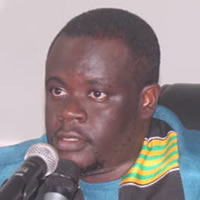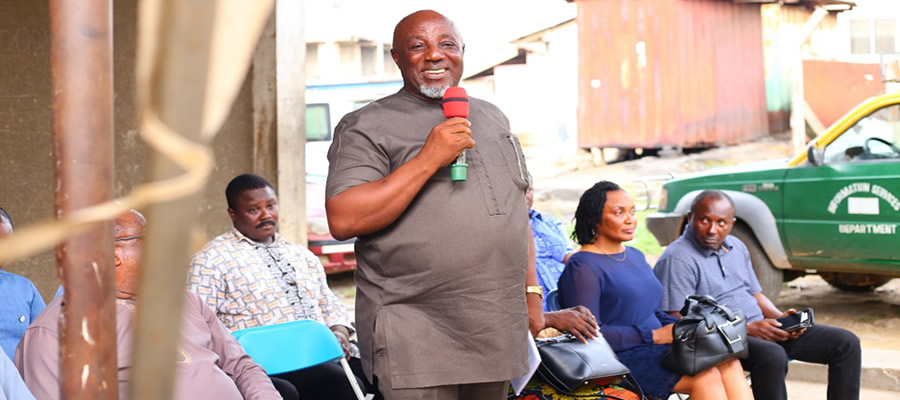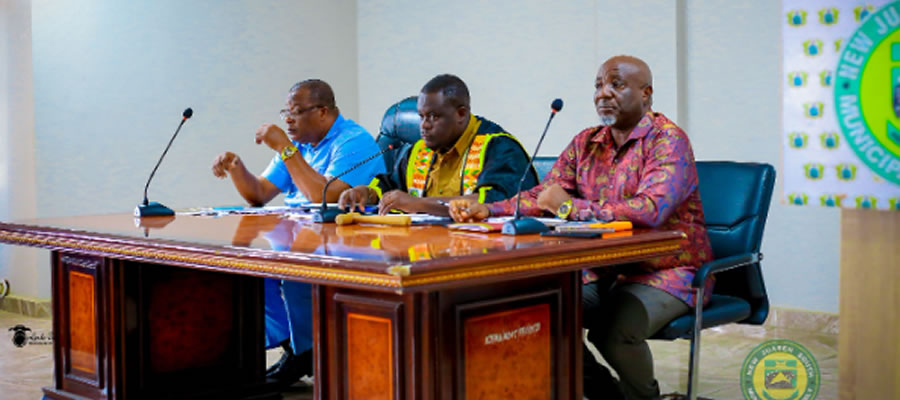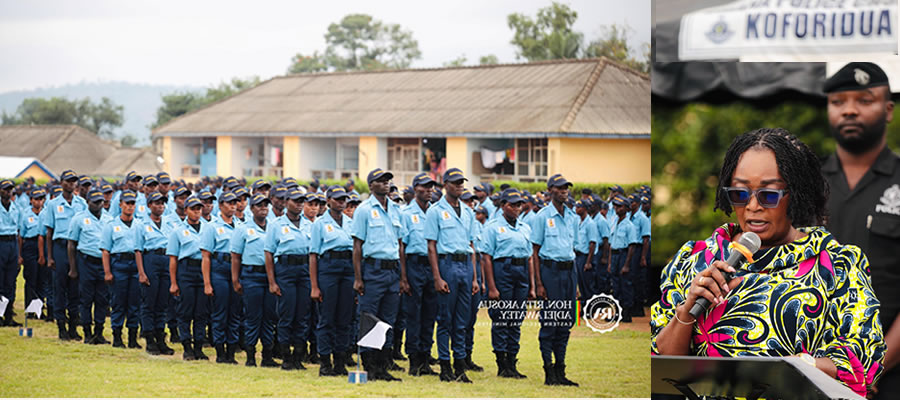

Introduction
According to the WHO, there are more than 600 million disabled persons in the world, of which approximately 80 percent live in low-income countries. In most developing countries, including Ghana, disabled persons constitute an impoverished marginalized group, characterized by lack of access to health, education, and other social services that would ideally support and protect people with disabilities. Economically as well as in social terms, disabled persons in developing countries are classified among the poorest of the poor.
People with Disabilities (PWDs) in Ghana are often regarded as unproductive and incapable of contributing in a positive way to society, and rather seen as constituting an economic burden on the family and the society at large, which leaves them in a vicious cycle of poverty. In developing countries there are rarely strong disability movements actively working to improve the living conditions for people living with disabilities. Disabled persons are often only weakly represented in civil society and Ghana is no exception. This chapter however seeks to examine the population with disability; the various types of disability, the extent to which they are involved in economic activities and the levels of education of PWDs in the New Juaben Municipality.
Population with Disability
Table 6.1 reveals that about four percent (4.3%) of the population in the New Juaben Municipality have one type of disability or the other. There are slightly more females (4.7%) with disability than males (3.9%). There are disparities in the proportion of PWDs between the urban and rural localities. In the urban areas, 4.3 percent of the population are disabled whilst the proportion is slightly higher (5.5%) in the rural areas. In the urban areas, the proportion of females with disabilities is higher (4.7%) than that for males (3.8%). The reverse is the case for the rural population.
Type of disability
Table 6.1 shows that majority of Persons with Disability (PWDs) are visually impaired (48.9%) followed by physically challenge (24.2%) and emotional disorders (17.6%). There are slightly more females with mobility impairment (physical) than males. However, males are higher than females in the intellectual impairment category. Intellectual disability (PWID) is the most stigmatized disability among several disabilities in Ghana. More than other types of disabilities; strong social, religious and cultural stigma are associated with it (Ghana National Disability Policy Document, 2000). It is recorded that PWID constitute the fifth (5th) largest category of Persons with Disabilities in the Municipality. Hearing and emotional impairment are almost the same for both sexes.
Disability and Activity Status
The percentage of persons with disability 15years and older were (5.5%) of populations in the household, out of these (51.2%) are employed and 44.8% are economically not active. Out of the total active disabled population, 43 percent are males and 57 percent are females. With regards to the total disabled employed 44.5 percent are males and 55.5 percent are females. On the other hand, the total unemployed disabled, 49.6 percent are males and 50.4 percent are females.
Disability, Education and Literacy
Estimates by the 93 Education for All (EFAs) Global Monitoring Report 2007 indicate that the majority of children with disabilities in Africa do not attend school. The report indicates that of the 72 million primary aged children worldwide who are out of school, one third have disabilities (Ghana web). The New Juaben Municipality had made a tremendous stride as more than a third of the total disabled population had attained some level of education.
The total disabled population (3years and older) within the Municipality are 7,830. Out of this, 78.0 percent have had some form of education whereas 21.3 percent are without education. Among the various disability groups, persons with physical disability have the highest percentage (33.0%) of those who have never been to school.
Apart from persons with physical disability, more than half of PWDs in the remaining disability groups have attained basic school education. Persons with sight as a form of disability have the highest proportion of those who have gone beyond the basic school level (SSS/SHS and higher). Persons with physical disability tend to have the highest proportion that have never been to school for both males and females with the proportion being higher for females (45.2%) than males (16.1%). More than half of males in the various disability types have attained basic education. The situation is slightly different for females who tend to have lower proportions of attaining basic school education for all the disability types.
Date Created : 11/26/2017 4:18:01 PM













 facebook
facebook
 twitter
twitter
 Youtube
Youtube
 +233 593 831 280
+233 593 831 280 0800 430 430
0800 430 430 GPS: GE-231-4383
GPS: GE-231-4383 info@ghanadistricts.com
info@ghanadistricts.com Box GP1044, Accra, Ghana
Box GP1044, Accra, Ghana